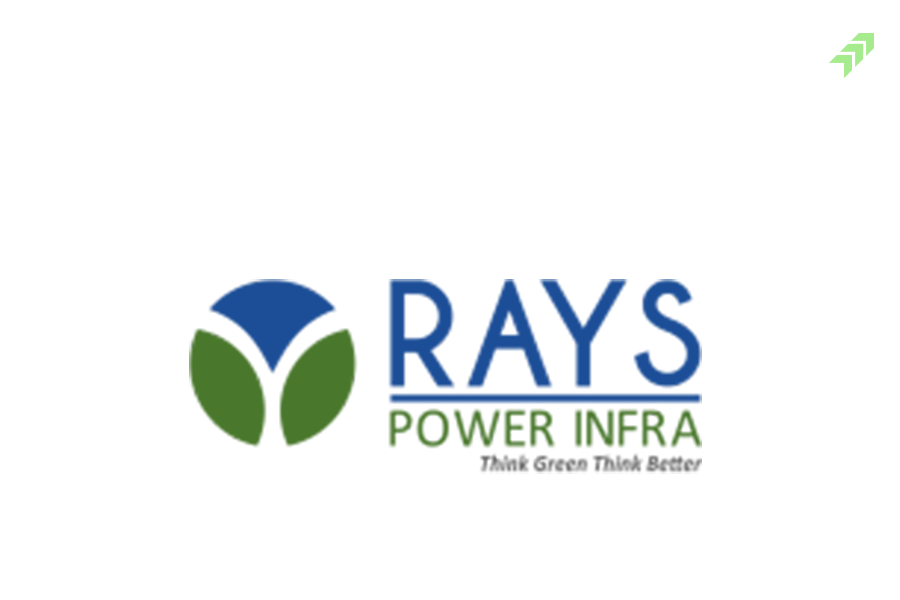Budget 2023-24: New Income Tax Regime, Introduction of Mahila Samman Scheme, Big Boost to Capital Investment, Agriculture & PM Awas Yojana
Nirmala Sitharaman, India’s Finance Minister, opened her Budget address for 2023-24 by declaring it the “first Budget in Amrit Kaal,” a word coined by the present administration to define a brighter future as India celebrated 75 years of independence. The emphasis remains on broadening the breadth of economic development, boosting key sectors like as infrastructure and manufacturing, and generating employment.
7 priorities or “Saptrishi” of the Union Budget 2023-24
- Inclusive development
- Reaching the last line
- Infrastructure and investment
- Green growth
- Youth power
- Financial sector
- Unleashing the potential
The budget’s emphasis on broad reforms and strong policies, as implemented through Sabka Prayas, resulting in Jan Bhagidari and targeted assistance to those in need, aided us in performing effectively in difficult circumstances.
While speaking on the floor of parliament, Finance Minister stated that India has demonstrated resilience in the face of many difficulties from a variety of global forces, including a significant spike in inflation.
The highlights of today’s budget are listed below.
- New tax regime (New Income Tax Slabs for FY 2023-24)
| Old Tax Regime | New Tax Regime | ||
| Rate of Tax | Slab Rates | Slab Rates | Rate of Tax |
| NIL | ₹ 0 to 2.5 lakhs | ₹ 0 to 3 lakhs | 0% |
| 5% | ₹ 2.5 to 5 lakhs | ₹ 3 Lakhs to 6 Lakhs | 5% |
| 20% | ₹ 5 to 10 lakhs | ₹ 6 Lakhs to 9 Lakhs | 10% |
| 30% | Above 10 lakh | ₹ 9 Lakhs to 12 Lakhs | 15% |
| ₹ 12 Lakhs to 15 Lakhs | 20% | ||
| Above ₹15 Lakhs | 30% | ||
| Those earning 5 lakh are entitled for rebate | Those earning 7 lakh are entitles for rebate | ||
Tax regime Comparison of new income tax regime with old tax regime
| Income | Now | Previous Tax Regime | Benefits |
| Rs. 8 lakh | 35000 | 65000 | 30000 |
| Rs. 9 lakh | 45000 | 85800 | 40800 |
| Rs. 10 lakh | 60000 | 106600 | 46600 |
| Rs. 12 lakh | 90000 | 163800 | 73800 |
| Rs. 15 lakh | 150000 | 257400 | 107400 |
If your income is less than Rs. 7,00,000, the government will provide a rebate, and your tax will be zero. If your income exceeds Rs.7,00,000, the aforesaid slab rate will be used, and tax will be calculated using the slab rates.
Disadvantages / drawbacks of new income tax regime
There are no deductions applicable under various sections of Chapter VI-A. Some of those that are often used are listed below.
| Sections | Maximum Allowed | Purpose |
| 80C | 1,50,000 | Insurance premium / ELSS / Principal Repayment of Housing Loan |
| 80D | 25,000 / 50,000 | Health Insurance Premium |
| 80E | Actual Interest Amount | Interest Repayment of Housing Loan |
| 80TTA | 10,000/ 50,000 | Interest Income earned from Bank Saving A/c |
| 80G | Actual Donation or 50% of Gross Total Income Whichever is lower | Donation to Trust, Institution etc |
| 80GGC | Actual Donation Amount | Political Party |
- There is no exception for House Rent Allowance.
- If Non-salaried then only once in lifetime allowed to opt for New Tax Regime. For Salaried Person, they can opt in and opt out based on choice
- An person or HUF cannot claim set-off of a pushed forward business loss or unabsorbed depreciation in the case of a business income.
- A self-occupied property, claim a deduction on interest for a housing loan under the new tax regime isn’t allowed. The deduction of Rs 2 lakh allowed in the existing system is not available in the new tax regime.
Big boost to capital investment
Infrastructure and productive capacity investments have a substantial multiplier effect on growth and employment. FM also stated that the significant rise of capex in recent years is critical to the government’s attempts to boost economic potential and job creation, attract private investment, and offer a buffer against global headwinds. The government has been allocating and spending much on infrastructure development. It has also taken the lead in this budget to accelerate the virtuous cycle of investment and employment development, according to FM.
In the 2023 Budget, Finance Minister Niramala Sitharaman boosted capital investment spending to 33% to Rs 10 lakh crore for FY24, which equates to 3.3% of GDP. The effective Capex will be Rs 13.7 lakh cr, or 4.5% of GDP, according to FM’s Budget address. The FM also declared the highest-ever capital budget for Railways of Rs 2.4 lakh crore, which is over nine times the amount made in FY 2013-14. Railway capex is a step toward modernising rail transportation and connectivity. FM also stated that 50 new airports will be built to promote regional connectivity.
Boost for agriculture
Finance Minister Sitharaman said: “The agriculture credit target will be increased to Rs 20 lakh-crore with focus on animal husbandry, dairy and fisheries.” The government set an 11% increase in agriculture credit target to Rs 20 lakh cr in the 2023-24 budget, with an emphasis on animal husbandry, dairy, and fisheries, in an effort to provide greater farm loans at subsidised rates to the farming community. For the current fiscal year 2022-23, the agricultural credit objective is Rs 18 lakh crore. The FM also informed the parliament that the government will spend Rs 2,200 crore to begin the Atmanirbhar Clean Plant Programme, which will increase the availability of disease-free, high-quality planting material for high-value horticulture crops.
Allocation for PM Awas Yojana increased
The PM Awas Yojana was established in 2015 with the goal of providing affordable homes to everybody. In the Union Budget 2023-24, Finance Minister Nirmala Sitharaman boosted the budget to the Pradhan Mantri Awas Yojana to Rs 79,000. The budget has been increased from Rs. 27500 crore in 2021 to Rs. 79000 crore in 2023. The Rs 48,000 crore budget allocation for 2022-23 was expected to be utilised to finish 80 lakh dwellings.
Benefit for Senior citizens and Women
Sitharaman stated that the Mahila Samman Savings Certificate, a one-time new modest savings plan, will be offered for a two-year term ending in March 2025. Mahila Samman Saving Certificate (MSSC) is a 2-year deposit facility in the name of women or girls. The Mahila Samman saving certificate would provide a fixed interest rate of 7.5% up to 2 lakh for a period of two years, with the option of partial withdrawal. The maximum Senior Citizen Savings Scheme (SCSS) deposit limit has been raised from Rs 15 lakh to Rs 30 lakh. The monthly income account scheme’s maximum deposit limit has been raised from Rs 4.5 lakh to Rs 9 lakh for a single account and from Rs 9 lakh to Rs 15 lakh for a joint account.


















2 Comments
[…] 1st April 2023 with an annual premium of more than Rs. 5l will henceforth be taxable, acc to the union budget 2023. It should be noted that if an individual has more than one life insurance policy issued on or […]
[…] world-leading growth, since budgetary space to increase spending remains restricted. However, the budget for 2022-23 has a silver lining in that it reduces subsidies to 8% of total spending while increasing […]